Home>Garden Essentials>Garden Plants>How Do You Pick Thyme Leaves
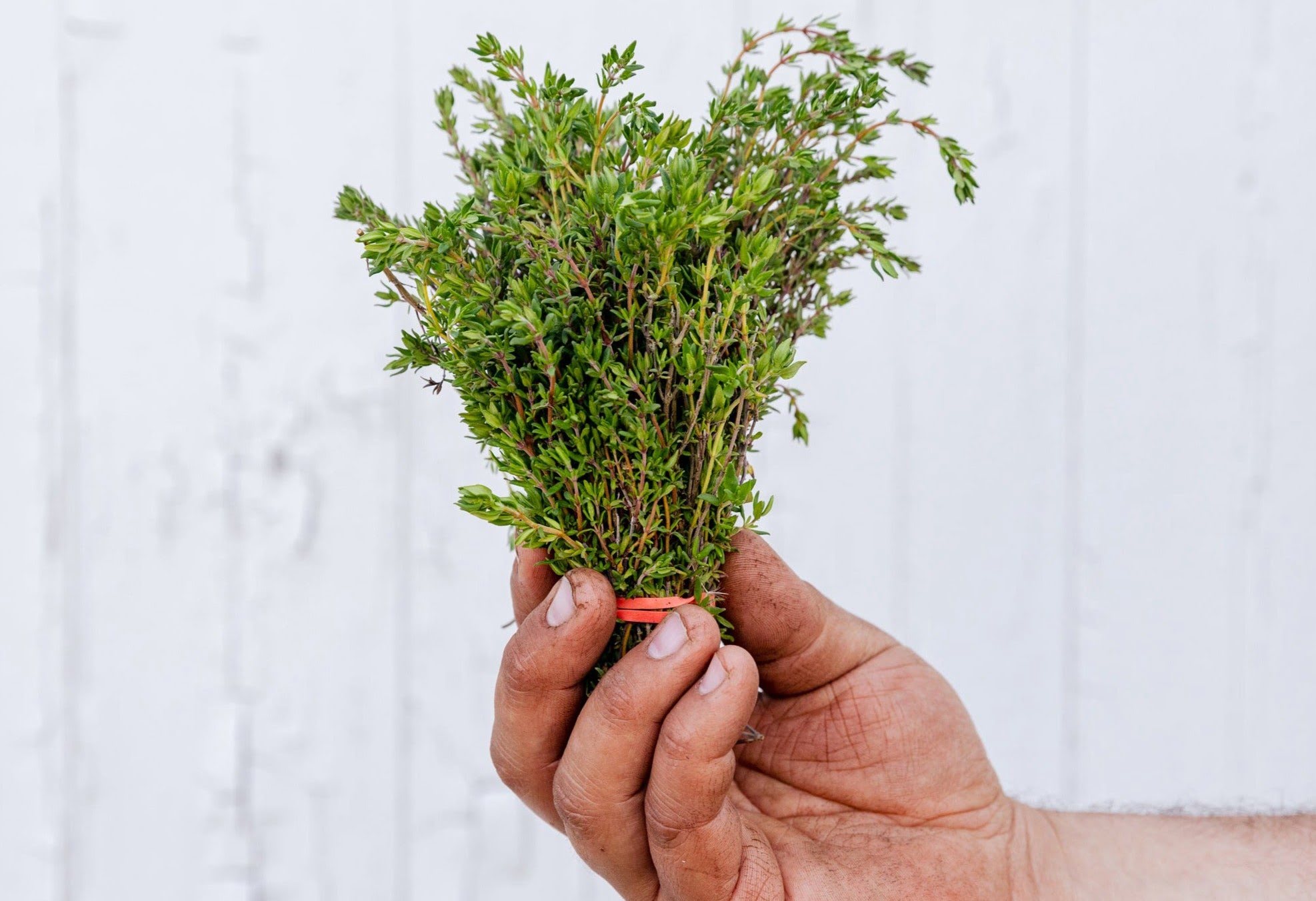

Garden Plants
How Do You Pick Thyme Leaves
Modified: February 24, 2024
Learn how to easily pick thyme leaves from your plants. Discover the best techniques and enjoy fresh herbs in your recipes with our step-by-step guide.
(Many of the links in this article redirect to a specific reviewed product. Your purchase of these products through affiliate links helps to generate commission for Storables.com, at no extra cost. Learn more)
Introduction
Welcome to the world of thyme leaves! Thyme is a versatile herb that adds depth and flavor to a wide range of dishes. Whether you are a seasoned chef or a beginner cook, knowing how to pick thyme leaves is essential to make the most of this fragrant herb.
Thyme, scientifically known as Thymus vulgaris, is a small, perennial herb with tiny leaves and a delightful aroma. It belongs to the mint family and is native to the Mediterranean region. The plant is characterized by its woody stems and tiny, oval-shaped leaves that are rich in essential oils.
Thyme leaves are commonly used in cooking, particularly in Mediterranean and French cuisines. They have a distinct flavor that is both earthy and slightly floral, and they pair well with a wide variety of herbs and spices. Thyme leaves can be used fresh or dried, and they impart a unique aroma and taste to soups, stews, sauces, marinades, and even desserts.
Understanding how to pick thyme leaves is crucial because it ensures that you get the best quality and flavor from the herb. The proper harvesting technique can also help promote the growth and health of the thyme plant. In this article, we will delve into the art of picking thyme leaves, exploring various techniques and tips to maximize your thyme leaf harvest.
Key Takeaways:
- Master the art of picking thyme leaves to elevate your culinary creations with earthy, floral, and aromatic notes. Harvest in the morning, use proper techniques, and follow expert tips for the best results.
- Ensure the longevity and flavor of your thyme plant by picking leaves at the right time, using delicate techniques, and implementing expert tips. Experiment with different varieties to add new dimensions of flavor to your dishes.
Read more: How Do You Mince Thyme
Understanding Thyme Leaves
Before we dive into the techniques of picking thyme leaves, it’s essential to understand the characteristics of the leaves themselves. Thyme leaves are small and narrow, typically measuring around half an inch in length. They have a deep green color and a slightly fuzzy texture that is smooth to the touch.
Thyme leaves are packed with flavor, thanks to the abundance of essential oils they contain. These oils give thyme its signature aroma and taste. The primary oils present in thyme leaves are thymol, carvacrol, and linalool, which contribute to the herb’s antimicrobial and antioxidant properties.
When it comes to flavor, thyme leaves offer a combination of earthiness, warmth, and subtle floral notes. The intensity of the flavor can vary depending on the variety of thyme and the growing conditions. Some varieties, such as lemon thyme or orange thyme, have a hint of citrus flavor that adds a refreshing twist to dishes.
Thyme leaves can be used in various forms, including fresh, dried, or even frozen. Fresh thyme leaves offer the strongest flavor, while dried thyme leaves have a more concentrated taste. Freezing thyme leaves can also preserve their flavor, making them accessible throughout the year.
Now that we have a better understanding of thyme leaves and their attributes, let’s move on to the next section, where we will explore how to harvest these delightful little leaves.
Harvesting Thyme Leaves
When it comes to harvesting thyme leaves, timing is crucial. Thyme leaves are at their peak flavor when they are young and tender. The best time to harvest thyme leaves is in the morning, once the dew has dried but before the sun is at its strongest. This is when the essential oils in the leaves are most concentrated, ensuring optimal flavor.
To harvest thyme leaves, you will need a pair of sharp scissors or pruning shears. Gently hold the stem of the thyme plant with one hand and use the scissors to snip off the stems just above a leaf node, which is the point where a pair of leaves emerges from the stem. This method encourages new growth and keeps the plant looking tidy.
When harvesting thyme leaves, aim to cut the stems about 4-6 inches from the base of the plant. This allows for easy handling and prevents damage to the plant. Avoid harvesting more than one-third of the plant at a time to ensure its continued health and vigor.
Thyme is a perennial herb, which means it regrows each year. To encourage the longevity and productivity of your thyme plant, it’s important to avoid overharvesting. Always leave some leaves behind so that the plant can continue to photosynthesize and produce energy.
Now that you know how to harvest thyme leaves, let’s explore different techniques for picking them effectively.
When picking thyme leaves, hold the stem at the top and run your fingers down the stem to strip off the leaves. This method helps to easily separate the leaves from the woody stem.
Picking Techniques
Picking thyme leaves is a delicate process that requires precision and care. Here are a few techniques to help you pick thyme leaves effectively:
- Pinch and Pull: One of the simplest techniques is to use your thumb and forefinger to pinch the stem of the thyme plant just above a leaf node. Gently pull the stem downwards, detaching it from the plant. This method allows you to control the amount of pressure applied and minimize damage to the plant.
- Scissor Snip: Another popular technique is to use a pair of scissors or pruning shears to snip off the stems just above a leaf node. This method is especially useful if you are harvesting a large quantity of thyme leaves or if you prefer a precise and clean cut.
- Strip the Leaves: If you only need the thyme leaves and not the entire stem, you can strip the leaves by running your fingers along the stem in the opposite direction of growth. The leaves will easily detach from the stem, and you can collect them in a bowl or container.
- Harvesting the Whole Stem: Sometimes, you may want to harvest the entire stem of the thyme plant. In this case, use a pair of scissors or pruning shears to cut the stem at the base of the plant. This technique is useful if you plan to dry the thyme stems or use them for decorative purposes.
Remember to choose the technique that works best for you based on your needs and preferences. It’s important to handle the thyme plant gently during the picking process to avoid damage and promote continued growth.
Now that you have learned different picking techniques, let’s move on to some tips to ensure the best quality when picking thyme leaves.
Tips for Picking Thyme Leaves
When it comes to picking thyme leaves, there are a few additional tips that can help you achieve the best results:
- Choose Healthy Plants: Look for thyme plants that are vibrant and healthy. Avoid plants with wilted or discolored leaves, as they may not have the best flavor.
- Pick Regularly: Regularly harvesting thyme leaves promotes new growth and keeps the plant healthy. Aim to pick thyme leaves every two to three weeks during the growing season.
- Complement Picking with Pruning: In addition to picking the leaves, periodically prune your thyme plant. Pruning helps shape the plant and encourages branching, resulting in a bushier and more productive thyme plant.
- Dry Thyme Leaves: If you have harvested more thyme leaves than you can use fresh, consider drying them for future use. Spread the leaves out on a clean, dry surface and allow them to air dry in a well-ventilated area. Once dry, store the leaves in an airtight container in a cool, dark place.
- Use Thyme Stems: Don’t discard the thyme stems after picking the leaves. They can be used in stocks, broths, or infused oils to add flavor. Simply tie the stems together with kitchen twine and remove them before serving.
- Experiment with Different Varieties: Thyme comes in various varieties, each with its own unique flavor profile. Explore different types of thyme, such as lemon thyme or variegated thyme, to add new dimensions of flavor to your dishes.
By following these tips, you can ensure that your thyme leaves are of the highest quality, both in terms of flavor and freshness. Now that you have gained insights into picking thyme leaves, it’s time to wrap up our discussion.
Read more: How Do You Make Thyme Tea
Conclusion
Congratulations! You are now equipped with the knowledge and techniques to pick thyme leaves like a pro. Understanding the characteristics of thyme leaves, harvesting them at the right time, and employing proper picking techniques are key to making the most of this versatile herb.
Remember, the flavor of thyme leaves is best when they are young and tender, so aim to harvest them in the morning when the essential oils are most concentrated. Use sharp scissors or pruning shears to cut the stems just above a leaf node, being careful not to damage the plant. Alternatively, you can strip the leaves from the stem or harvest the entire stems for different purposes.
Be sure to choose healthy plants, pick regularly, and complement picking with pruning to keep your thyme plant productive and thriving. Additionally, consider drying any excess thyme leaves for future use, and don’t forget to make use of the thyme stems as well.
Explore different thyme varieties and experiment with their unique flavors to add depth to your culinary creations. Whether you’re using thyme leaves in soups, stews, sauces, or even desserts, their distinct earthy and floral notes will elevate your dishes to new heights.
Now, armed with these tips and techniques, go forth and confidently pick those thyme leaves, enhancing your culinary adventures with the aromatic and flavorful essence of this wonderful herb. Happy cooking!
Frequently Asked Questions about How Do You Pick Thyme Leaves
Was this page helpful?
At Storables.com, we guarantee accurate and reliable information. Our content, validated by Expert Board Contributors, is crafted following stringent Editorial Policies. We're committed to providing you with well-researched, expert-backed insights for all your informational needs.
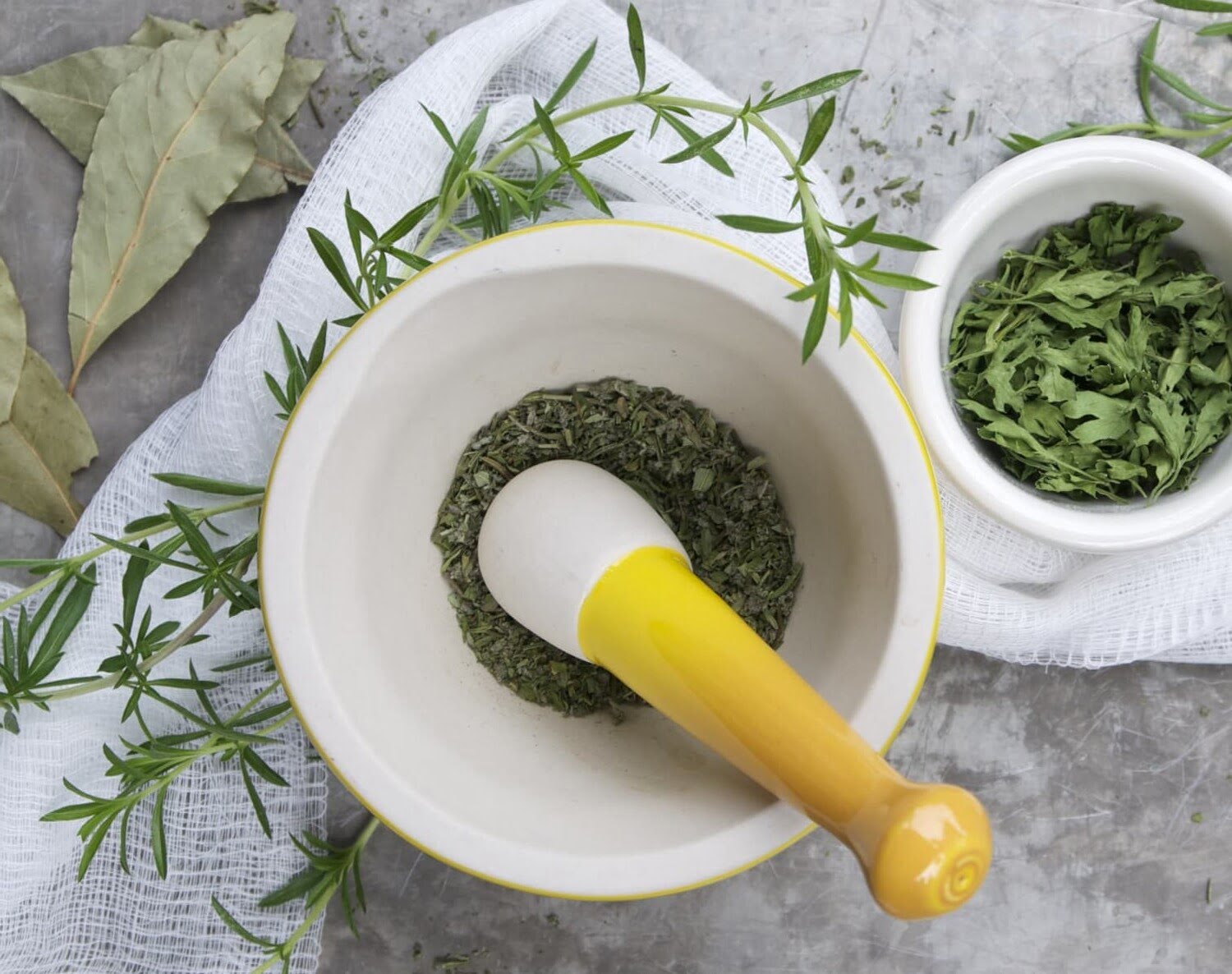


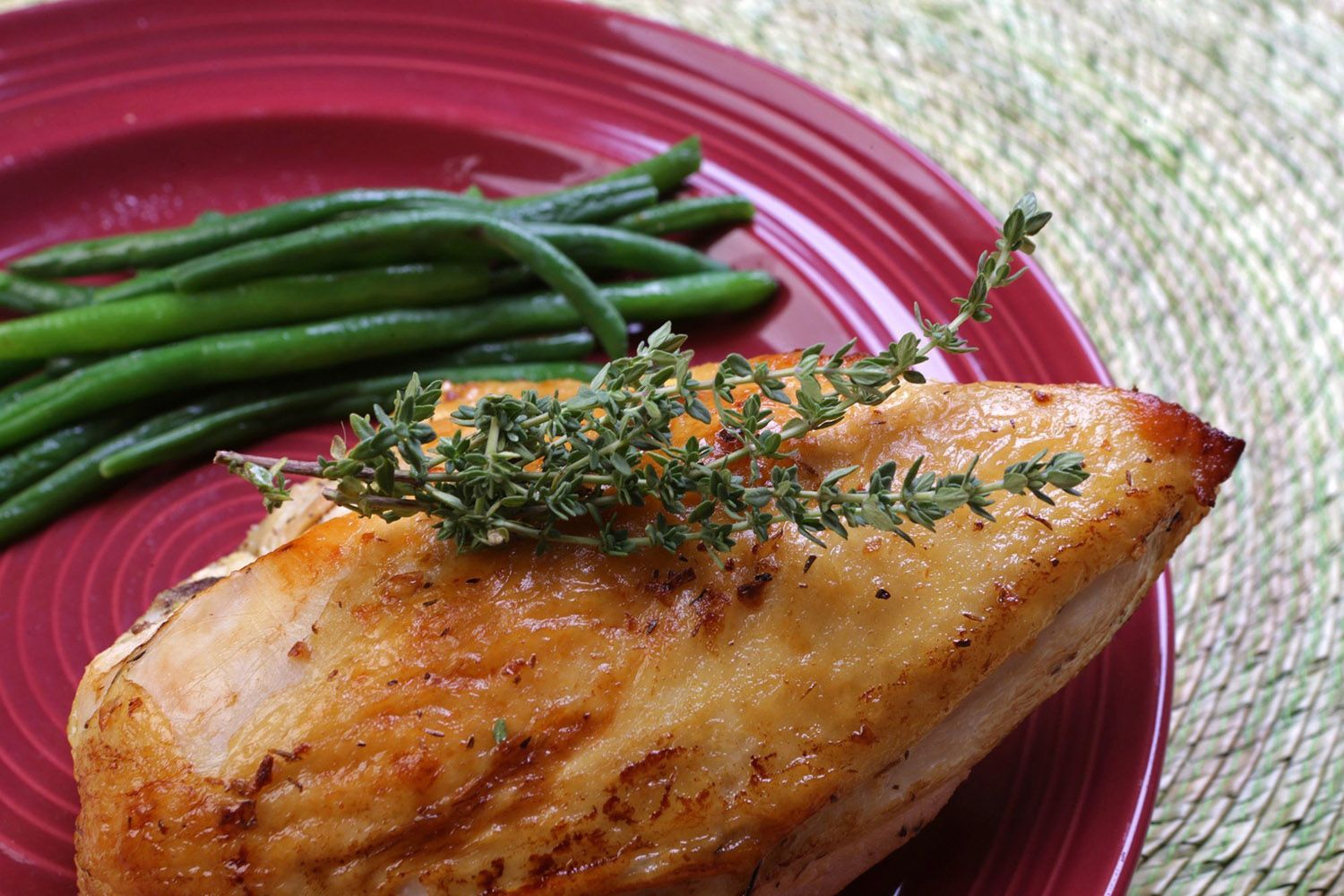
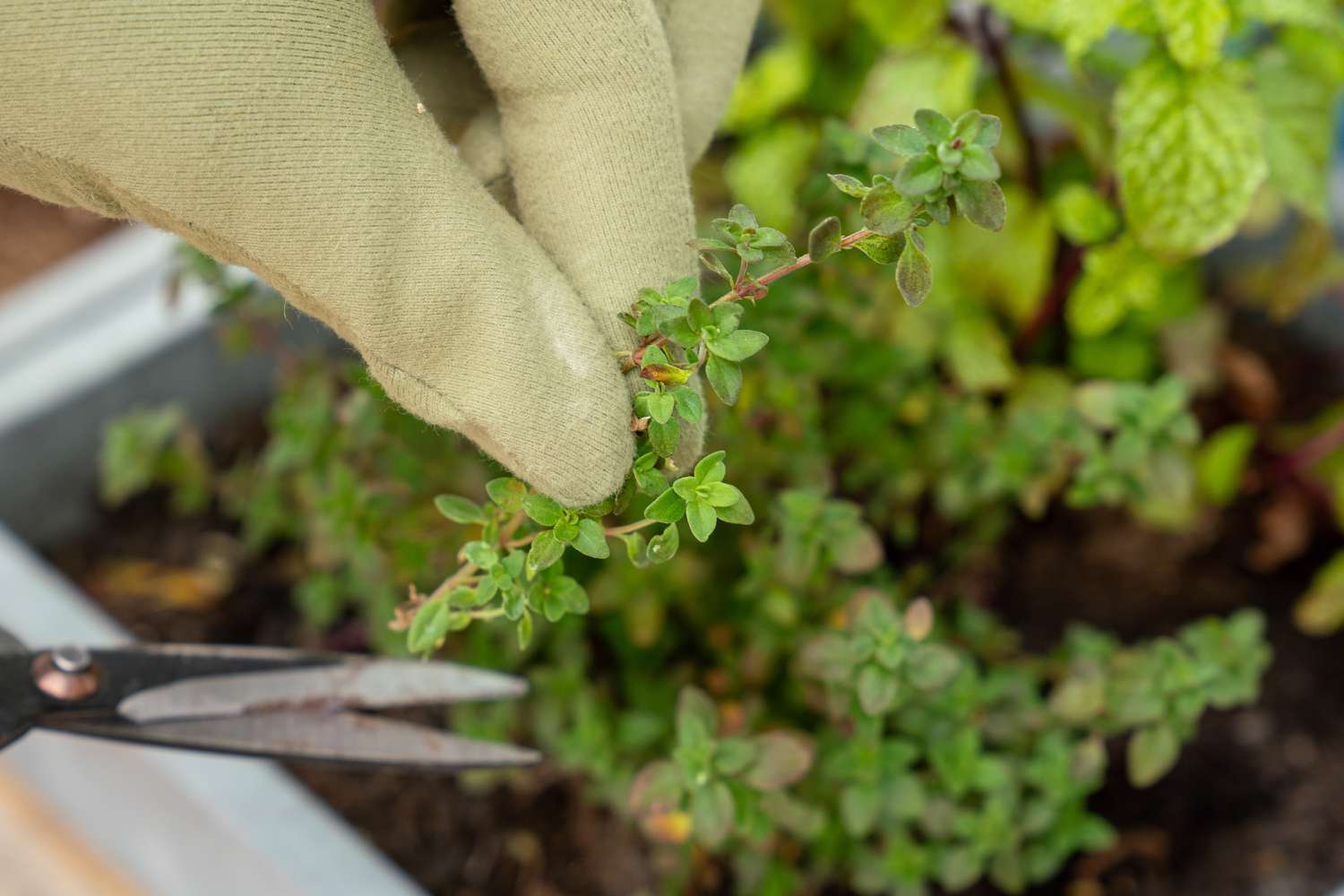
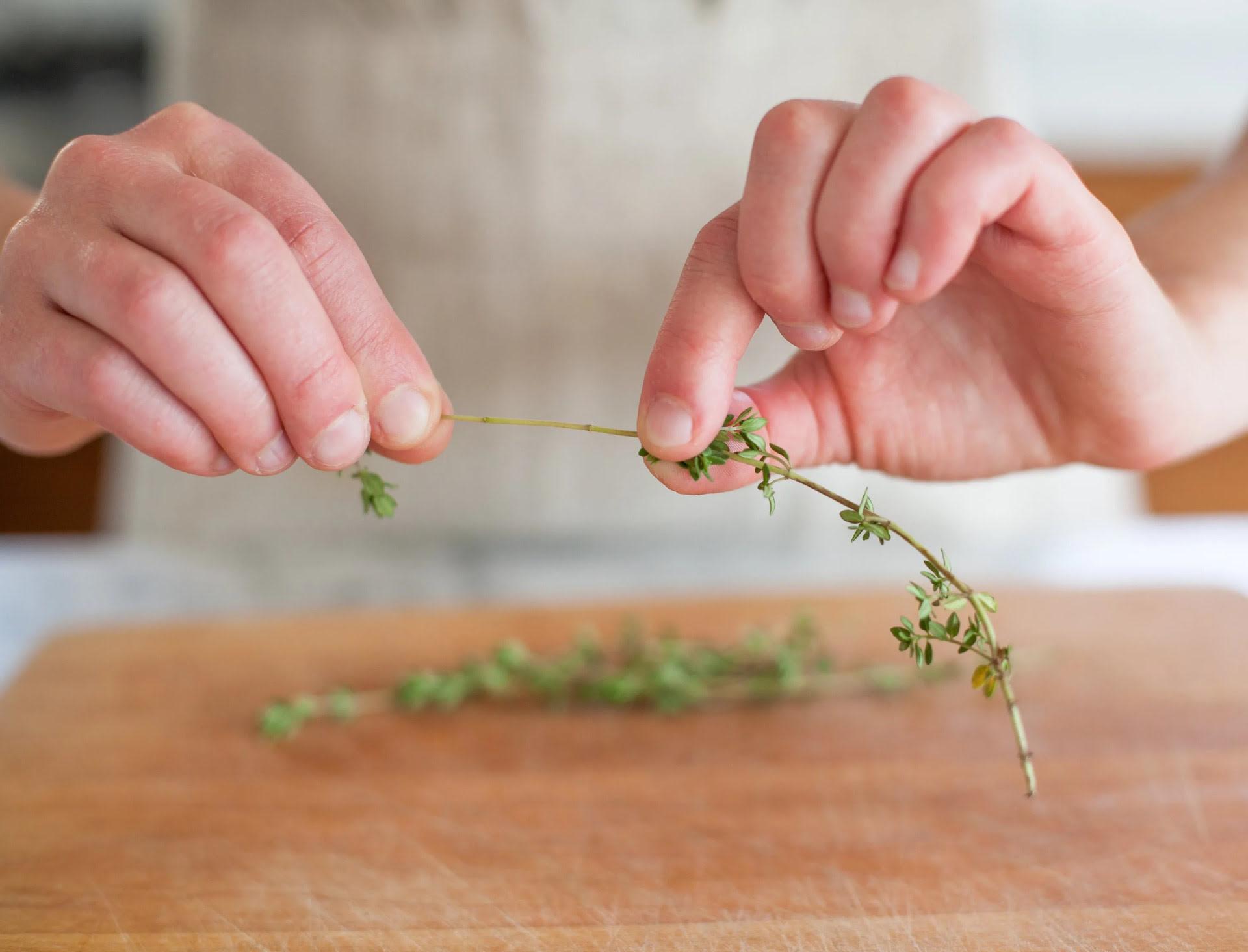

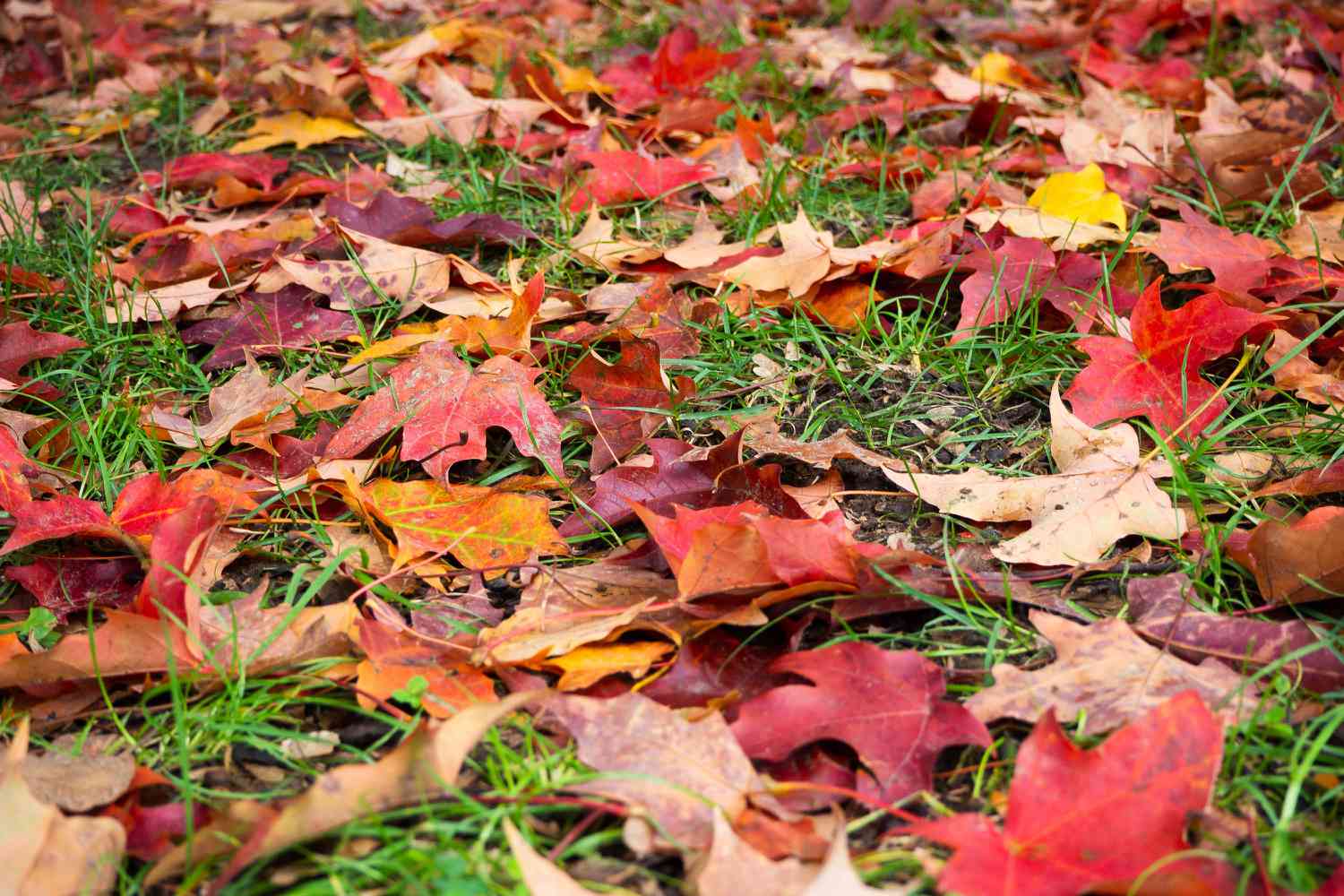

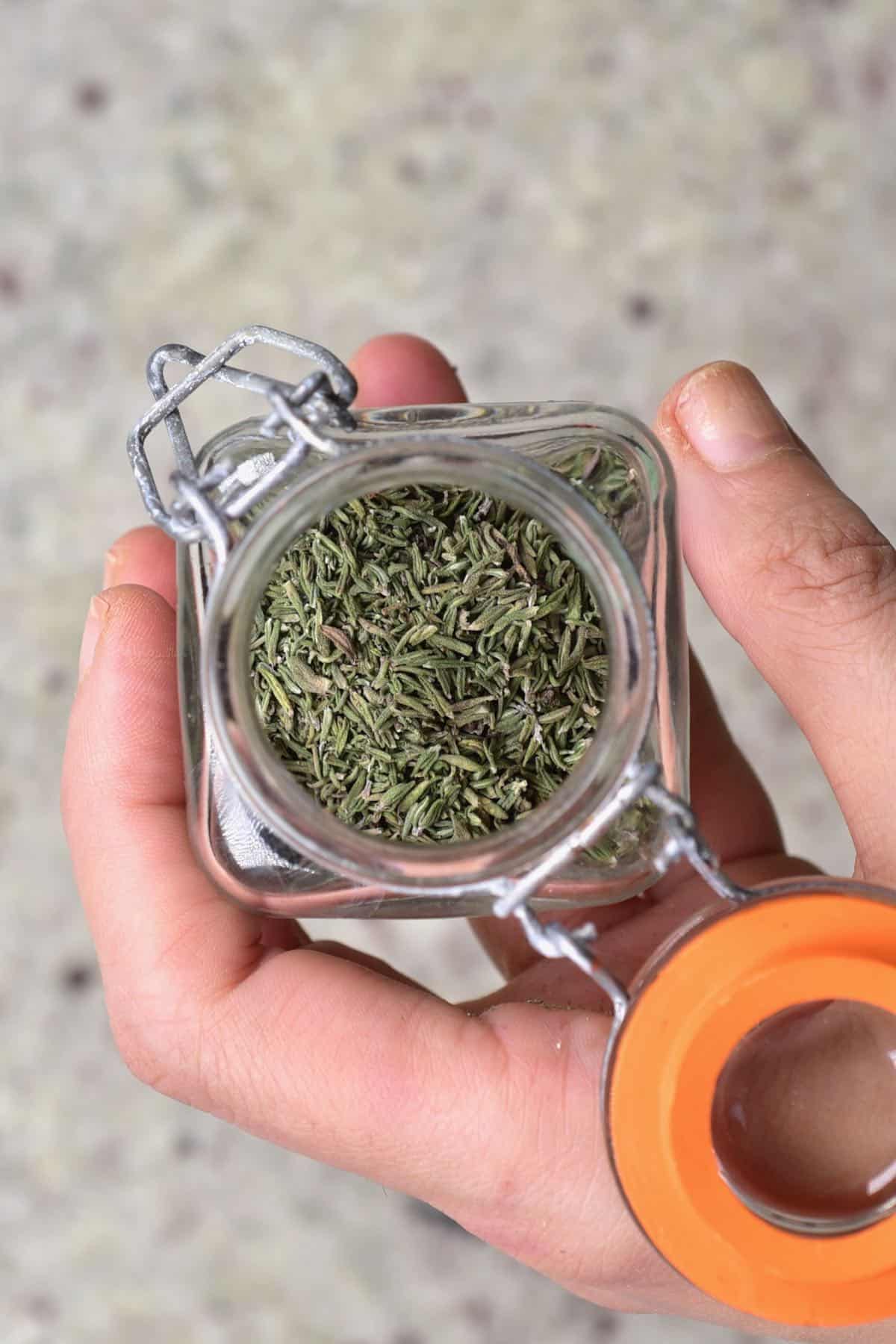





0 thoughts on “How Do You Pick Thyme Leaves”